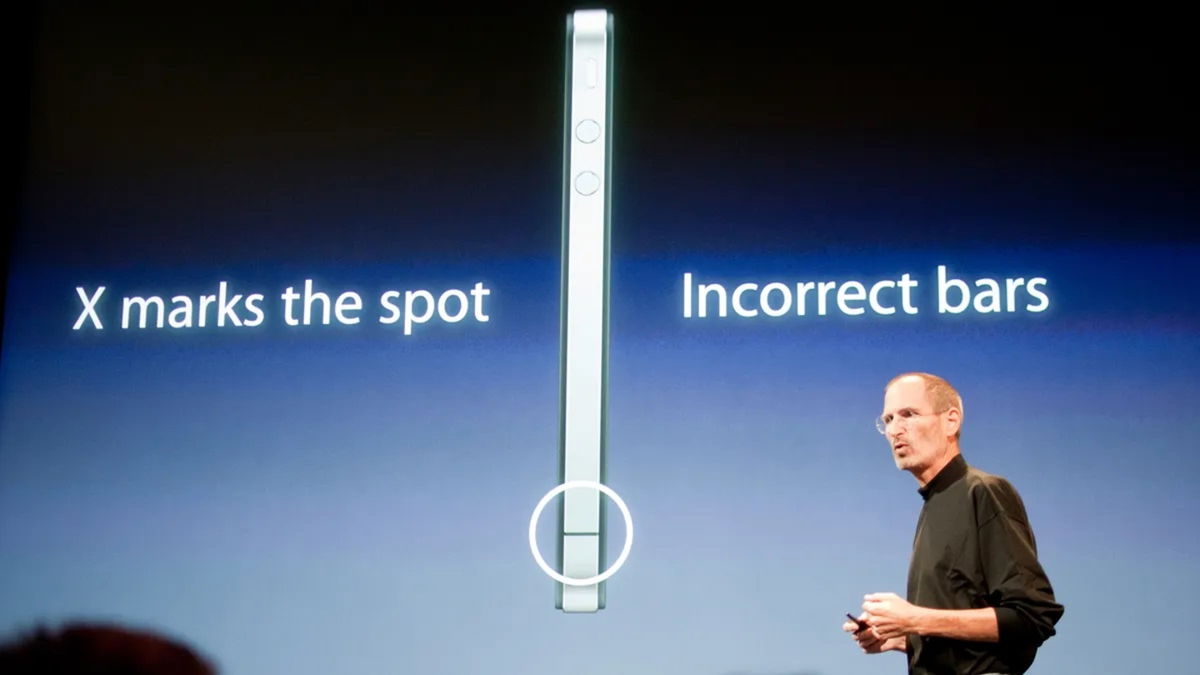Surely during your life you have started your car and found that a light on the dashboard of your car lights up (which you did not know existed). Yesterday was not, today it does not turn off. What does it mean? We already told you something is wrong.
Car manufacturers agreed many decades ago (or was it an EU affair) to standardize these lights so that the symbols are international so that everyone can know what is wrong with their car, no matter what country they were in at the time.
Today we bring you what are the 9 most important indicators you should monitor on your car dashboardso that the next time you turn it on, you can find out what is wrong, without having to immediately call the workshop:
ABS or traction control indicator: when this turns on, your machine is telling you something is wrong. It could just be a faulty TPMS sensor or something more serious like ABS. Traction control proves to be important as it is designed to give you traction when you have it least.
This can help you regain control of your vehicle if you ever run into ice or have to make a sharp turn.
Airbag light: this light is fairly easy to identify and should be addressed immediately. If this light is on, the problem is with your vehicle’s secondary restraint system.
If the system malfunctions, your airbags may not deploy when you need them most. Unfortunately, airbags fail over time, so it’s not uncommon for older cars.
coolant light: Like some of the dashboard indicators mentioned above, this is another one you can’t ignore. Your car’s engine requires several components to perform optimally: gasoline, oil, and coolant.
With the wrong coolant in your cooling system, you run the risk of ruining your engine’s internal components and overheating. While not all cars have a dedicated light, all cars have a coolant temperature sensor that can be used to monitor it. Be careful and always mark 90/95º degrees.
Tire pressure monitoring system (TPMS): There are several reasons why the TPMS light may come on, such as a faulty sensor, insufficient tire pressure, or even water between the connections.
Don’t ignore this indicator on your dashboard, after all, your tires are what connects you to the road. Incorrect tire pressure can result in poor traction, reduced fuel consumption and uneven tire wear.
battery light: a light on the dashboard that will inevitably come on someday. Your vehicle voltage should be between 13.7 and 14.7 volts with the engine running and about 12.5 volts when stationary.
This light comes on when your vehicle’s ECU detects low battery voltage, which can be caused by a variety of reasons. The battery indicator notifies you of an electrical problem in your vehicle, whether it be a faulty alternator or bad battery cells.
engine light: One of the most common indicators on the dashboard is the check engine light. This light comes on when your vehicle’s ECU detects that something is wrong. It can be caused by many things, both major and minor.
However, when the check engine light flashes, something is seriously wrong and needs to be fixed immediately. Although there are many reasons for the appearance of this light bulb, the only way to determine the cause is with the help of an OBD scanner.
Cast lamp: This light is very common in cars that continue to use light bulbs rather than LEDs, as the latter fail much less frequently and last much longer.
For cars that are several years old, this warning tells us that one of the car’s bulbs has burned out, they are usually from the tail lights, because when the headlights fail, we understand as soon as the sun goes down.
Parking brake light: Fortunately, this does not mean that you will be left without a car, but only that you have the handbrake on and you did not release it before leaving.
If your car has an electric parking brake, as soon as you shift into gear and press the accelerator pedal, it will automatically disengage. If, on the contrary, you have a manual handbrake, then you always need to remove it, or you can load the car when you want to move with the position.
fuel light: And how can we leave this list without naming a witness or the light bulb that lights up the most in all the cars on the planet. This light comes to us all sooner or later, and now it hurts more than ever because of the skyrocketing prices of gasoline and diesel.
Of all the lights, this can be the most painful at first. Of course, he has a simple solution: go to the nearest gas station and leave about 100 euros to fill up the tank. Yes, what used to cost 60 euros now costs 100 or more. Hence the pain, fortunately, nothing is broken.
Source: Computer Hoy




















